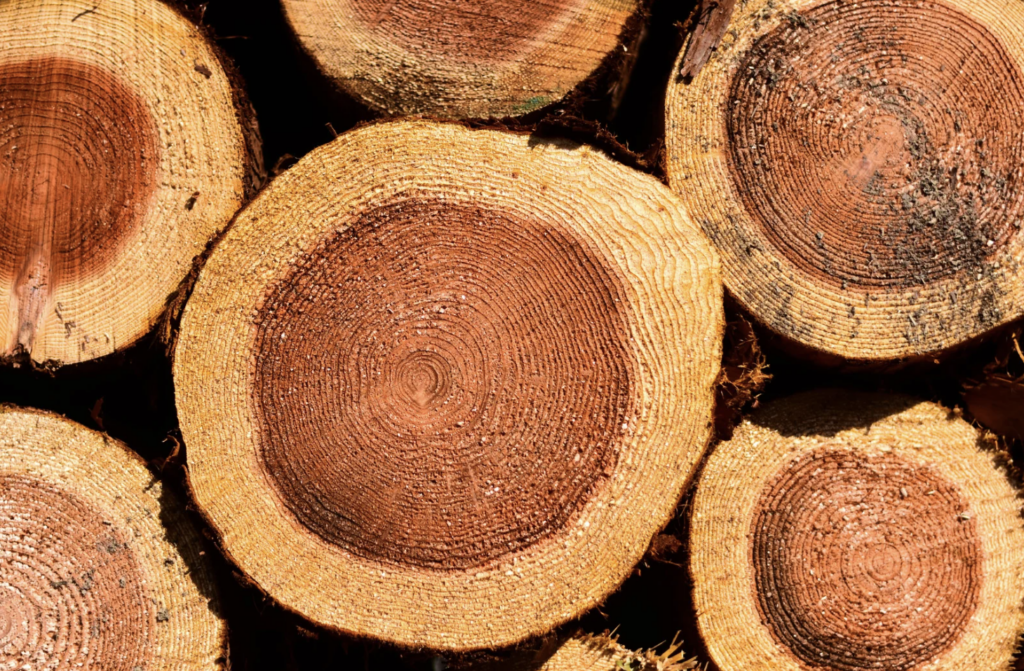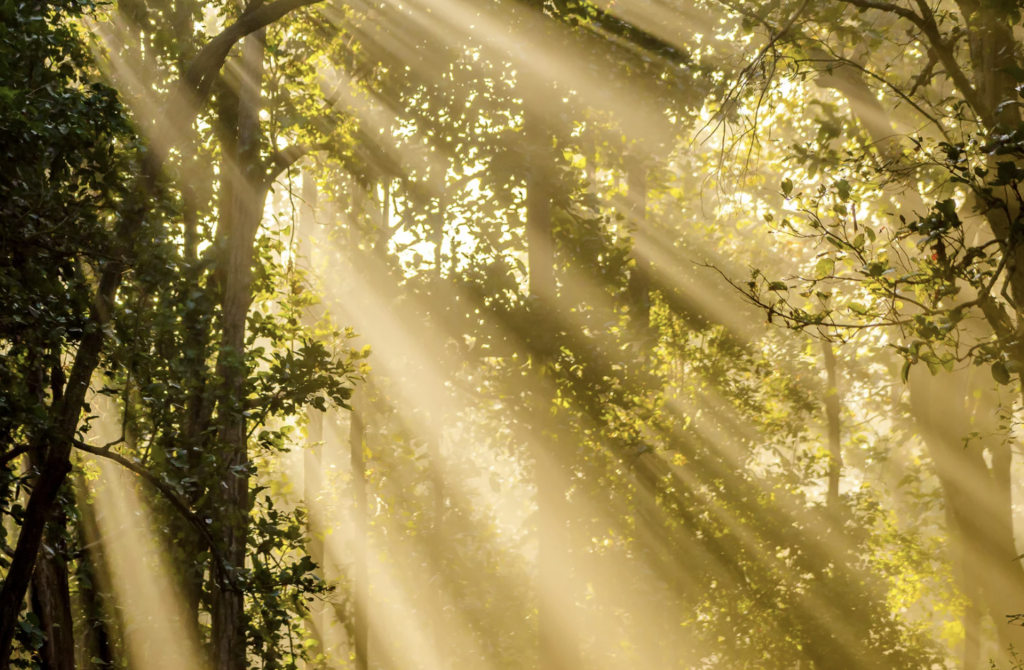
26 May Cedar Trees in North Texas: Types, Care, and Growth Tips
Cedar trees are more than just towering giants in the forest; they offer a distinct fragrance and are prized for their resilient wood. Have you ever wondered why these coniferous giants stand out among evergreens?
Their unique properties make them a go-to choice for many landscaping and construction projects. Whether you’re exploring cedar trees for sale or simply curious about their role in nature, understanding these trees can help you make informed decisions.
The Majestic Characteristics of Cedar Trees
When you think of cedar trees, what comes to mind? Their imposing presence and unique traits are hard to ignore.
They stand as sentinels of history and nature, deeply rooted in both the environment and human culture. Let’s explore their distinctive features and delve into their cultural and historical significance.
Distinguish Characteristics
Cedar trees, evergreen giants, captivate you with their distinct characteristics. Their bark, often blackish-brown or reddish, is textured with ridges and cracks, offering an intriguing tactile experience.
Needles, not leaves, form the tree’s foliage, boasting a striking blue-green hue that uniquely catches the sunlight.
Their cones provide a contrasting texture, adding to their visual allure. The aroma of cedan wood is unmistakable. It’s not just fragrant but has practical uses too, often found in essential oils and wood products.
The cedar of Lebanon is a standout among its ilk, noted for its expansive spread and significant lifespan, native to the mountains of Lebanon and the Mediterranean region.

Cedar in Culture and History
Throughout history, cedar trees have held great cultural significance. They appear in religious texts and ancient writings, symbolizing strength and resilience.
These trees are prominent in the history of the Middle East, especially in countries like Lebanon, where they’ve been considered a symbol of pride and endurance.
In various civilizations, cedar wood was used to build temples and ships, due to its durability and aromatic properties. From ancient to modern times, its legacy persists both as a resource and a symbol.
Cedar trees play a vital role in ecological sustainability—care for the earth while nurturing tradition. What stories do these majestic trees inspire in you?
Ecological Impact and Adaptability
Cedar trees play a significant role in their environments, providing various benefits and adapting remarkably to different climates. These adaptable coniferous trees not only survive in full sun but also endure challenging conditions such as droughts and harsh winter months.
Trees for Life: Ecosystem Services
Cedar trees offer a host of ecosystem services. They provide shelter and nestling sites for various wildlife, ensuring the survival of numerous species. The trees’ dense foliage deters harsh weather, acting as a shield for these creatures.
Additionally, by soaking up carbon dioxide and releasing oxygen, they significantly improve air quality. The benefits extend further as these trees also help stabilize soil, reducing erosion through their extensive root systems.
Cedar trees grow naturally in many regions, thriving in diverse ecosystems and offering beauty with their distinctive pyramidal shapes. They are long-lived, standing the test of time in forests worldwide. Their adaptability to different climates underpins their capacity to support life around them continuously.
Survival and Resilience Factors
The adaptability of cedar trees enables it to withstand changing climates. With their shallow root systems, these trees can take advantage of early spring warmings, allowing for early growth and a head start over other species. Their resistance to drought and ability to flourish in full sun are key survival traits.
Cedar’s regeneration capacity is noteworthy—they can heal damaged parts, showcasing resilience in their genus. Such features make these trees formidable parts of their ecosystems. Survival strategies like these protect them from common environmental challenges, ensuring they remain integral to their habitats. Their ability to adapt ensures they continue to support biodiversity and ecological balance.
Care for Cedars: Horticulture and Uses
Cedar trees serve both practical and ornamental purposes. Different types of cedar trees, like the true cedar and the eastern white cedar, are valued for their resilience and versatility. They thrive in various climates and have numerous uses, from enhancing garden aesthetics to providing durable, rot-proof wood.
Cultivation Challenges and Opportunities
Caring for cedar trees involves navigating both challenges and benefits. Selecting the right cedar for your growing zone is key.
True cedars prefer a sunny location, requiring several hours of sun each day. They thrive in well-drained soil, though they can adapt to different soil types. Using a 2-inch layer of mulch helps retain moisture and protects roots from temperature extremes.
Protect against drought by watering cedar trees deeply and regularly. Northern white cedar can be sensitive to road salt, which calls for careful site selection or adjustments to landscaping practices. Proper mulching and site selection can help mitigate these issues, offering a chance to grow healthy, vibrant trees.

Cedar in Landscaping
Cedars offer a range of benefits for your garden. Evergreen trees like cedars ensure year-round color and structure. They can provide a natural, dense privacy screen, thanks to their lush foliage.
Eastern white cedar is popular as an ornamental choice due to its elegant shape and adaptability to various climates.
When designing with cedars, consider their size and growth rate. Cedars can serve as focal points or as supportive background elements. Their road salt resistance is a bonus in regions with winter conditions.
Effective pruning can enhance their beauty and health, ensuring that your garden remains a picturesque retreat.
Functional Uses Beyond Beauty
Cedars are valued beyond their looks. Their wood is naturally rot-proof and resistant to insects, making it ideal for outdoor uses, including fencing and decking.
This durable material is a staple in construction and furniture making. True cedar wood is also known for its pleasant aroma, often used in closets and storage solutions to repel insects.
Enhance Your Landscape with Expert Cedar Tree Care Tips
Cedar trees can be a stunning addition to any North Texas landscape, providing beauty and shade with the right care and attention. By following these tips on types, care, and growth, you can ensure your cedar trees thrive.
For personalized advice and professional assistance about cedar trees, contact Price Right Trees at 817-290-4365 and let us help you create a beautiful, healthy garden!
